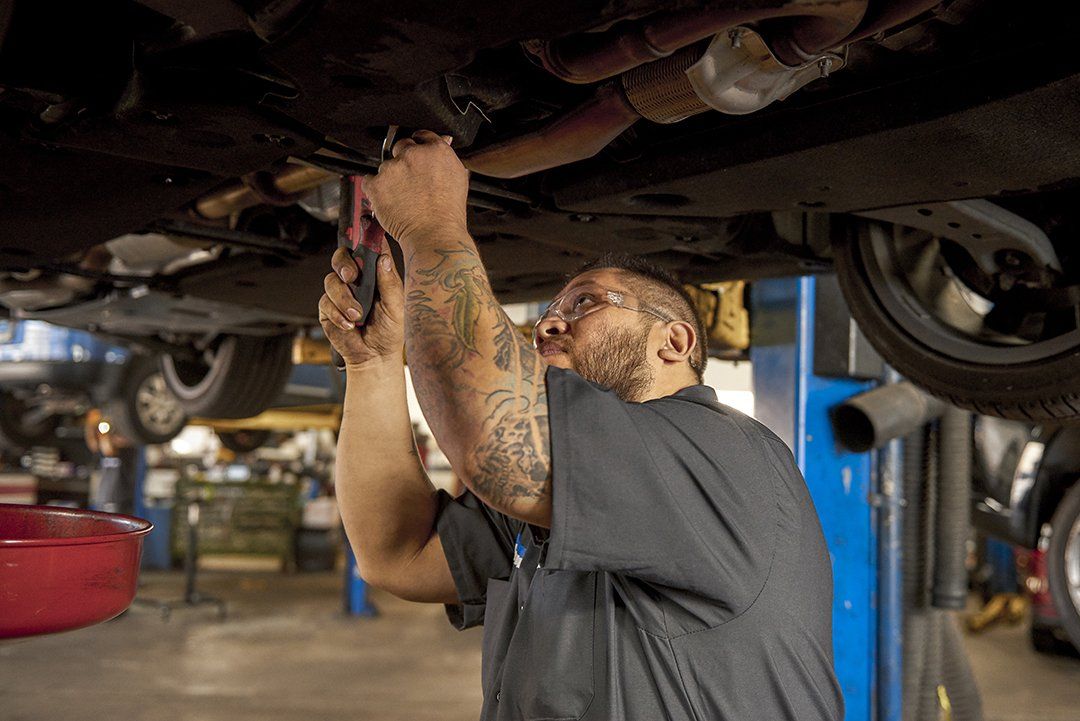Hand-operated transmission systems, also called hands-on transmissions or standard transmission, require chauffeurs to by hand select gears making use of a gear stick and run a clutch pedal. This setup supplies direct control over the car's power and speed, permitting for an extra engaged driving experience. The core elements of a hand-operated transmission consist of equipments, shafts, and synchronizers, which collaborate to transmit engine power to the wheels efficiently.
In a common manual transmission, the vehicle driver makes use of the clutch pedal to disengage the engine from the transmission, picks the wanted gear using the gear stick, and after that releases the clutch to re-engage the engine with the new equipment proportion. This process enables exact control over the vehicle's efficiency, enabling motorists to maximize power shipment for numerous driving conditions. The direct mechanical link in hands-on transmissions typically causes far better gas performance and a much more connected feeling in between the chauffeur and the automobile.

The drivetrain in vehicles with manual transmissions contains a number of crucial parts:
•Clutch: Engages and disengages the engine from the transmission to permit equipment adjustments.
•Gearbox: Has a collection of equipments that can be selected to adjust the automobile's speed and torque.
•Driveshaft: Transfers power from the transmission to the differential.
•Differential: Disperses power to the drive wheels while permitting them to rotate at various rates, specifically during turns.

Comprehending these components is vital for appropriate automobile maintenance and procedure, making sure a smooth and responsive driving experience.
Check for more info at Logan Square Auto Repair - Automatic/Manual Transmission Systems Facebook Youtube Instagram
Latest Posts
Enhance Your Drive with Real Mercedes-Benz Add-on
Hot GMC & Buick Specials from North Canton – Only at Your Local GMC & Buick Dealer
Friendly Lincoln - Score Big on Quality Used Lincoln Vehicles – Limited-Time Offers!
Navigation
Latest Posts
Enhance Your Drive with Real Mercedes-Benz Add-on
Hot GMC & Buick Specials from North Canton – Only at Your Local GMC & Buick Dealer
Friendly Lincoln - Score Big on Quality Used Lincoln Vehicles – Limited-Time Offers!